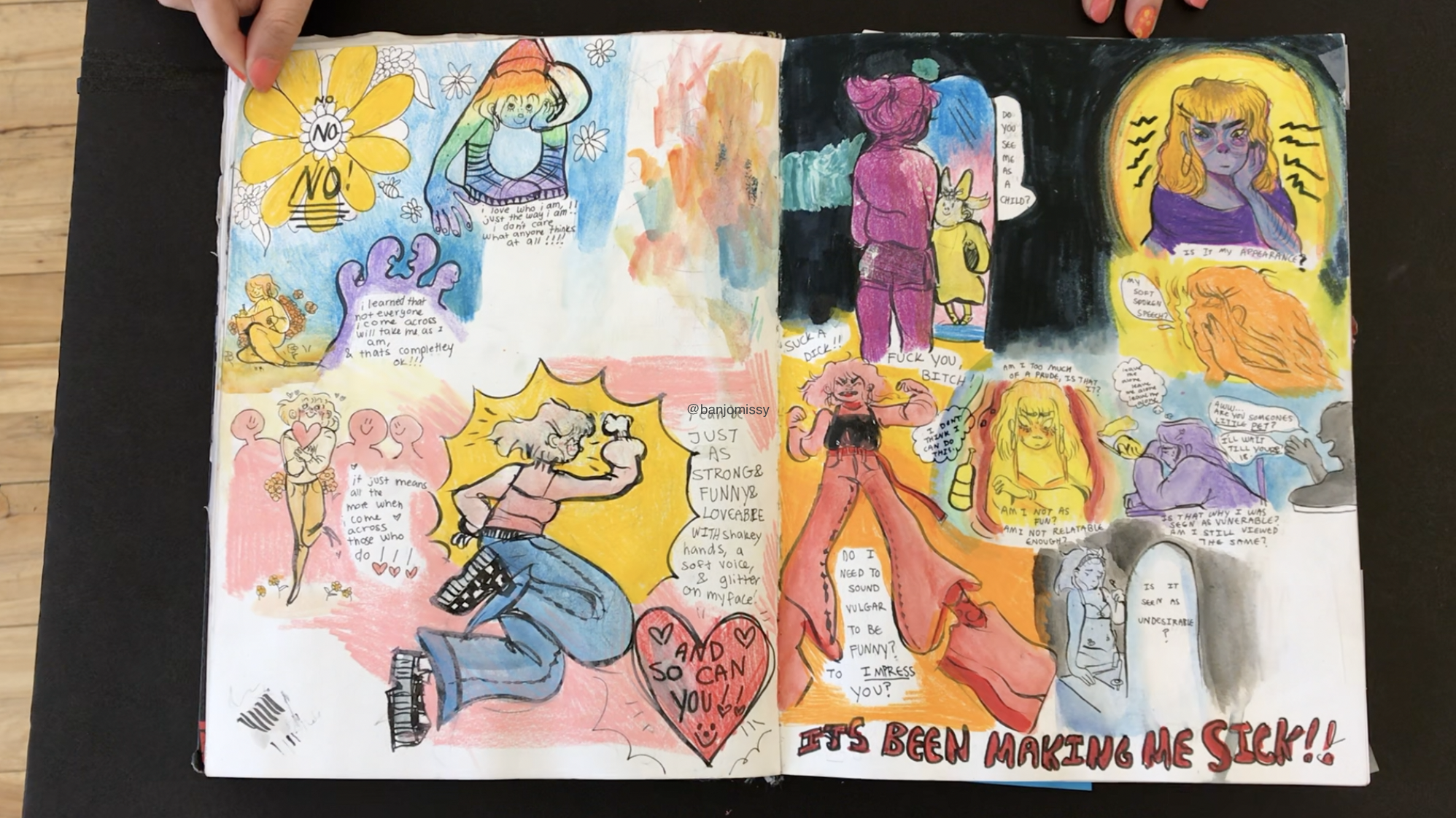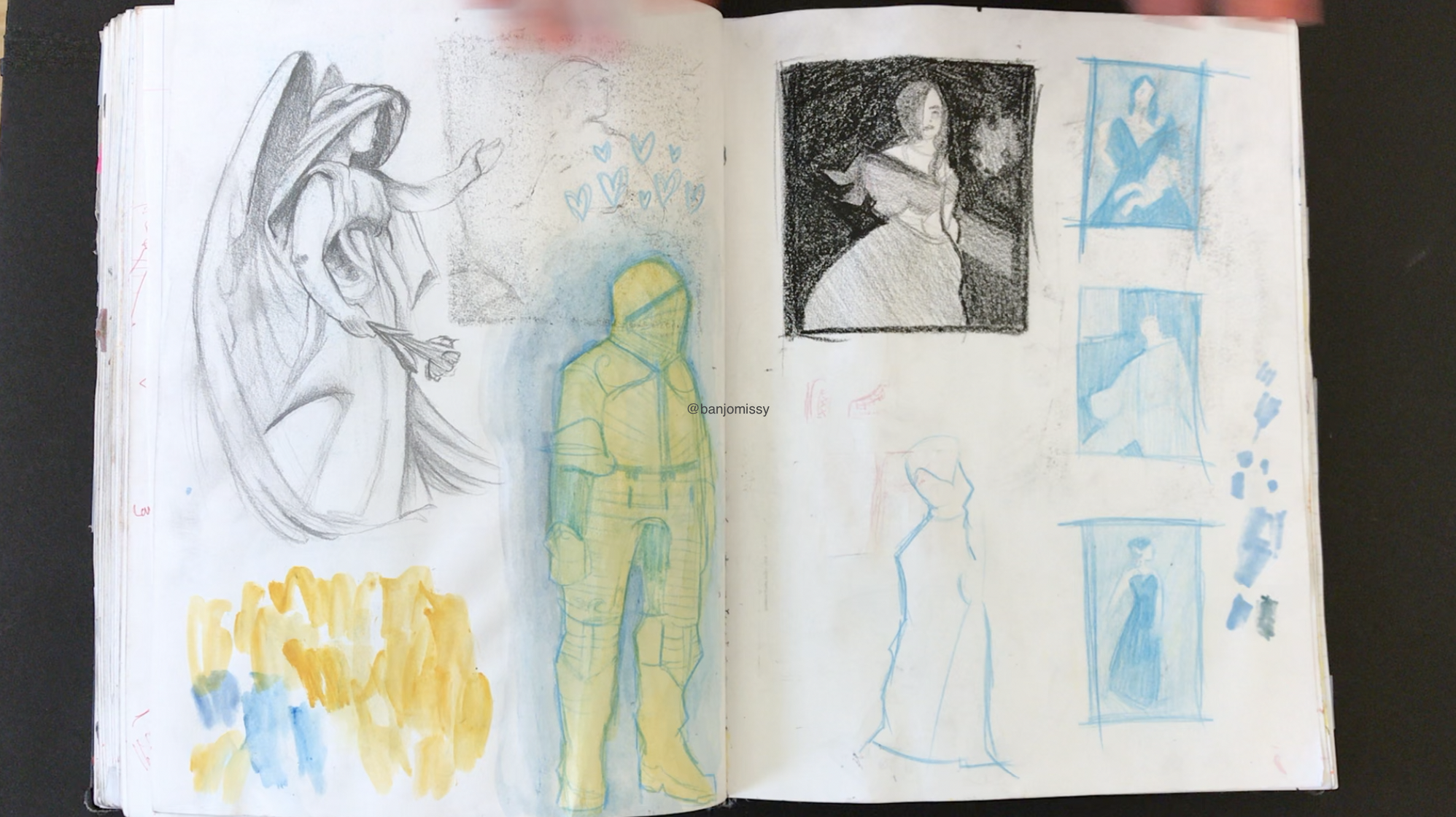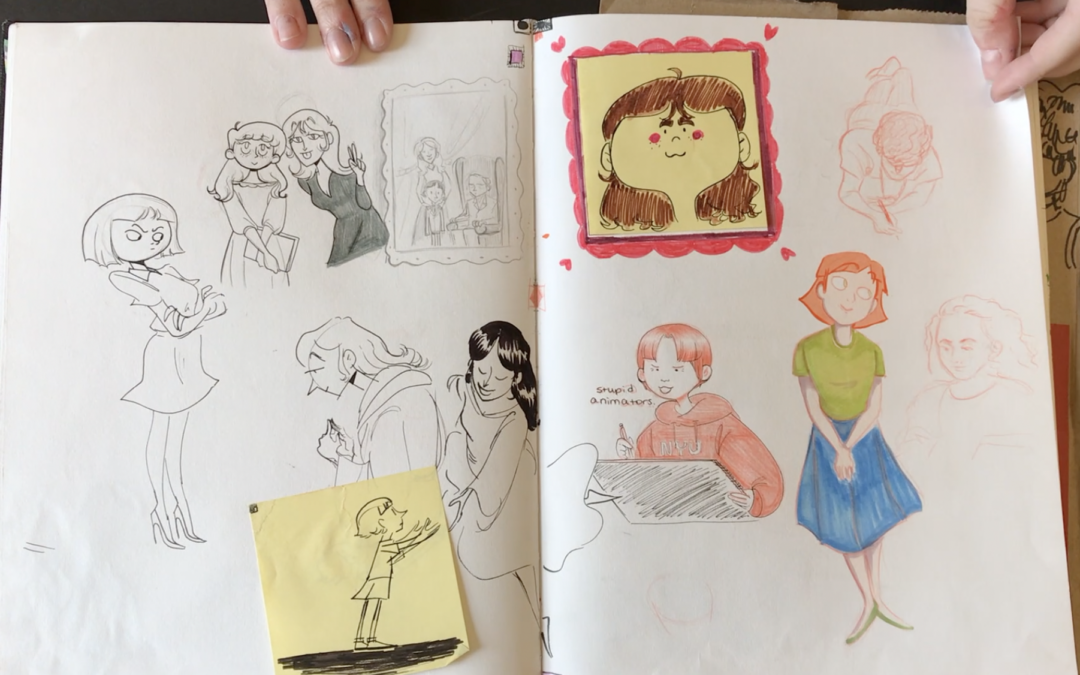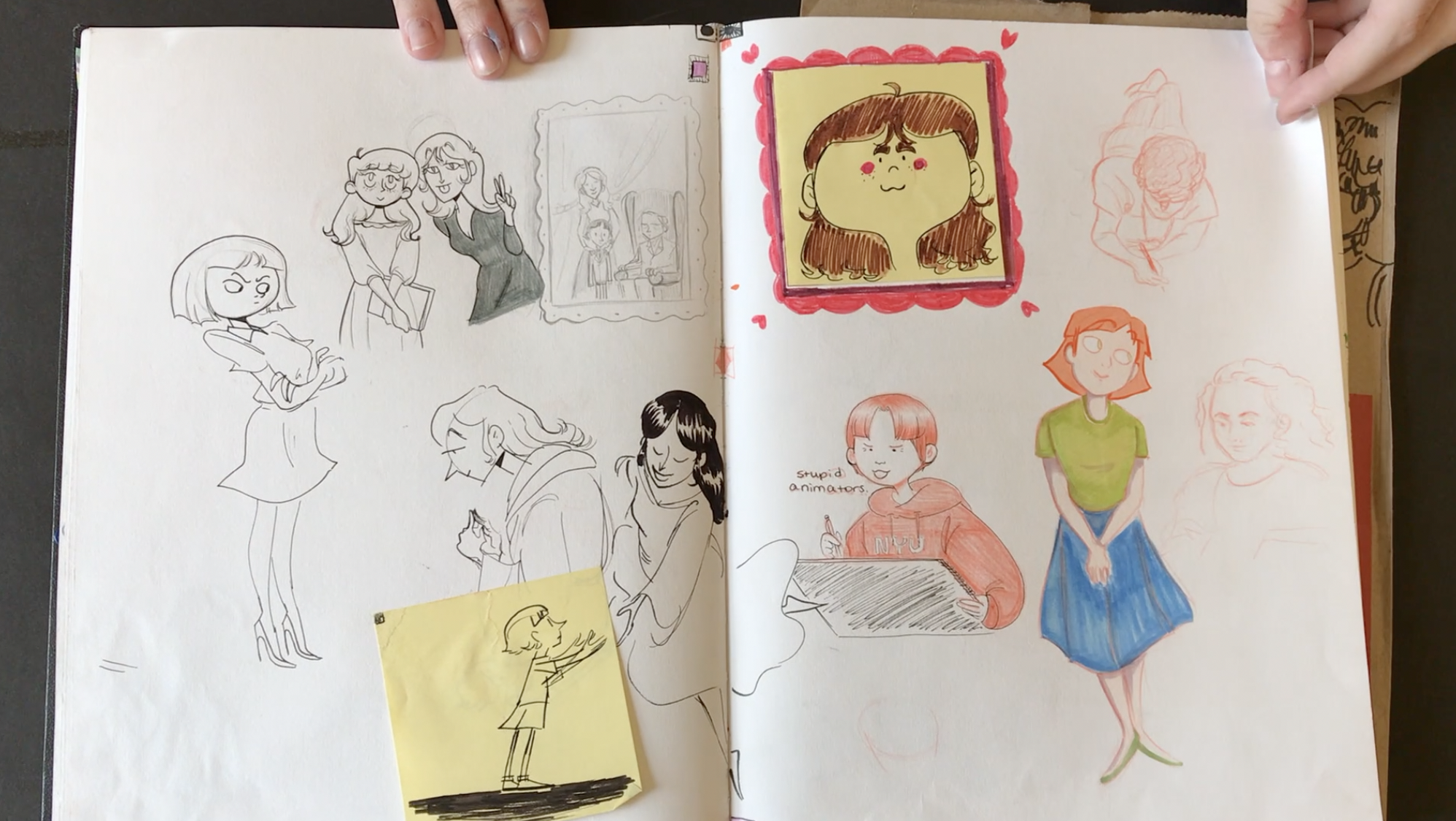
Mixed Media Figure Drawing
I recently uploaded a brand new course to the member’s area over at Drawing Tutorials Online. This course focuses on drawing the figure using diverse mixed media.
To start with I went old school and used my favorite Strathmore illustration board. I then painted the board using simple acrylic paint. Fifty percent water, fifty percent paint.
I then just started to draw on the board using my favorite black Prismacolor Col-Erase pencil. As I progressed I started to apply the white charcoal to the light area of the torso only. The concept is taken from oil painting, keep your light’s a bit more opaque and your shadows a bit more translucent.
As I started to build up the white charcoal pencil gradually, I then proceed to blend the white charcoal with a bristle brush. Using light pressure to soften all of the edges. Needless to say, this drawing technique is super fun.
The key is to be patient and work in layers. I also incorporated a blending stump in a minimal way. Too much blending stump can work against you making everything too soft.
I encourage you to sign up to see this course in its entirety. I am offering it as a free course with a downloadable PDF that explains my materials in much more detail than this blog post. You can sign up right below.
Don’t forget to sign up for my free course right below. Drawing the figure in a mixed media sort of way could be something new for you to explore.




















